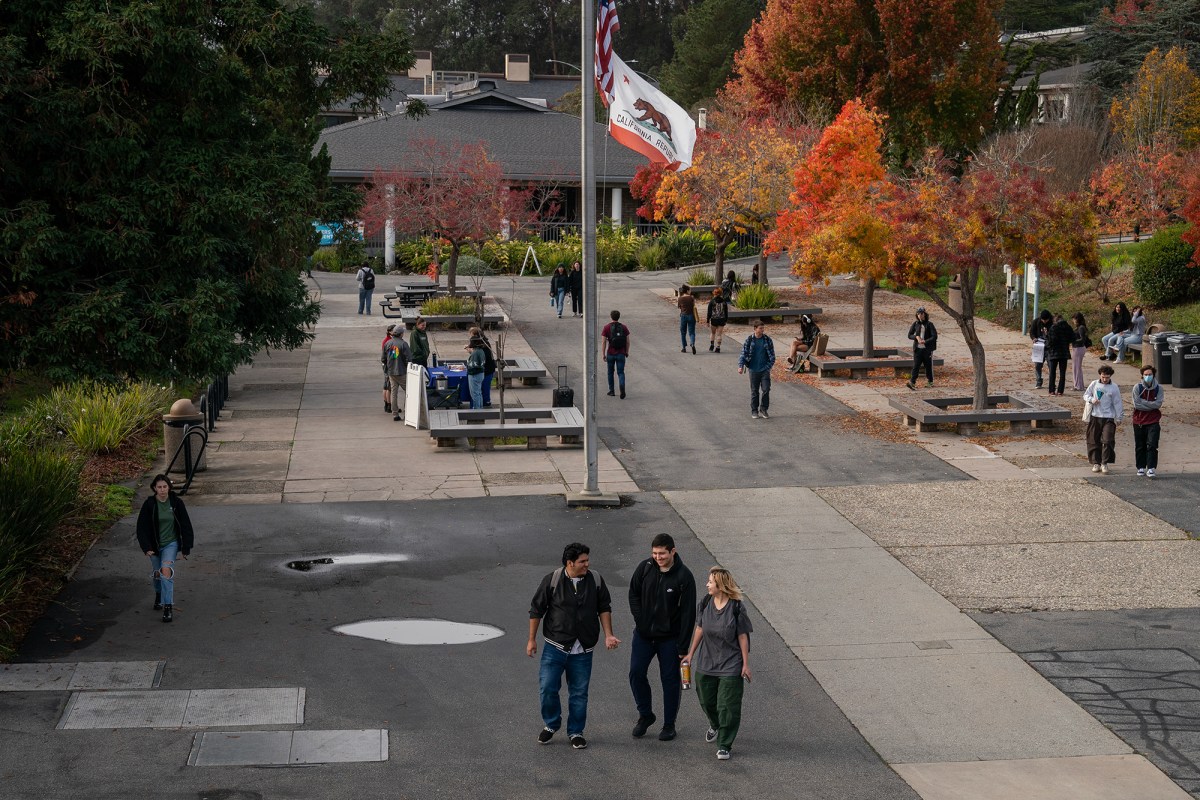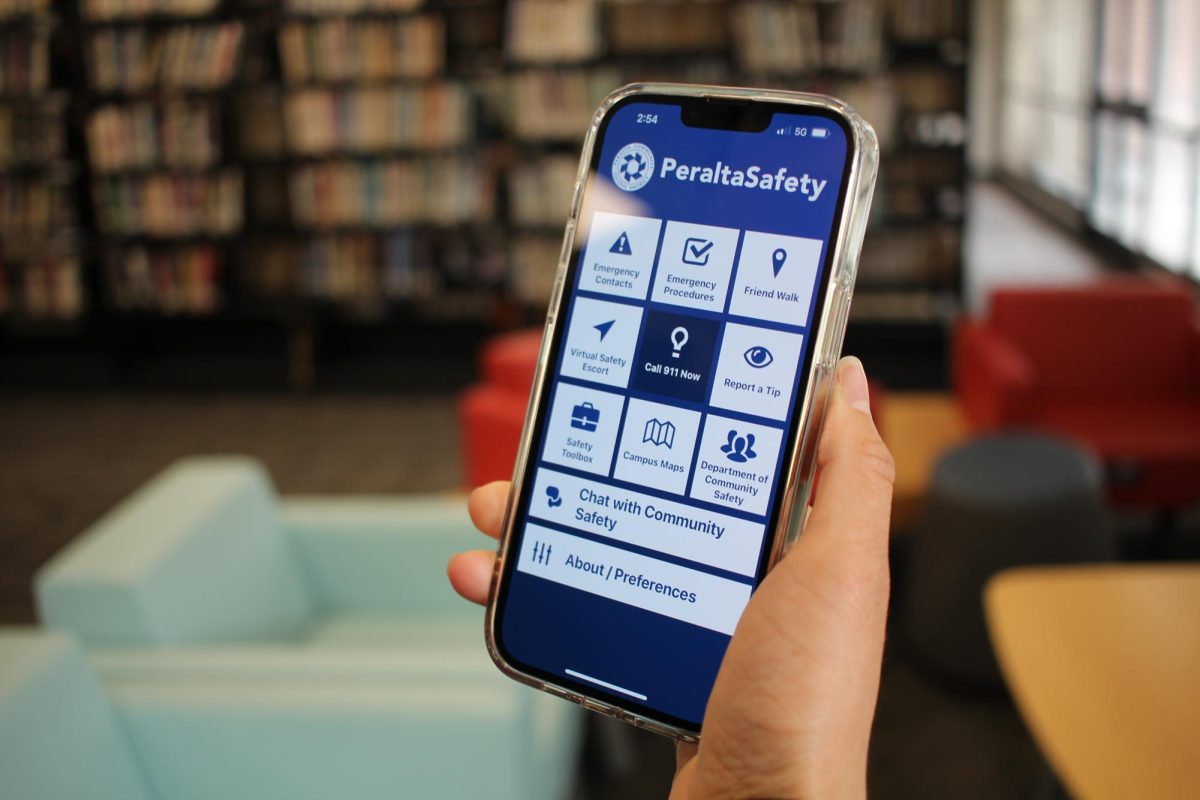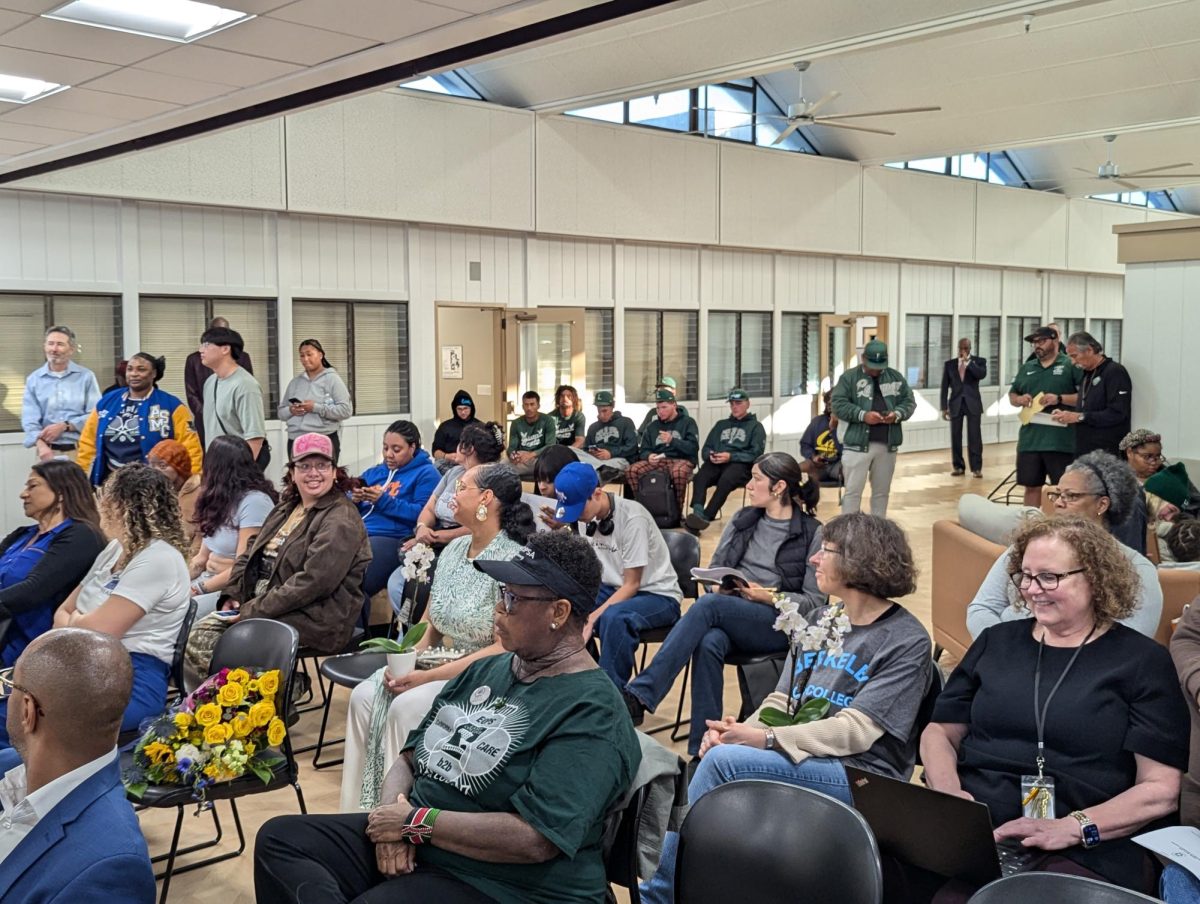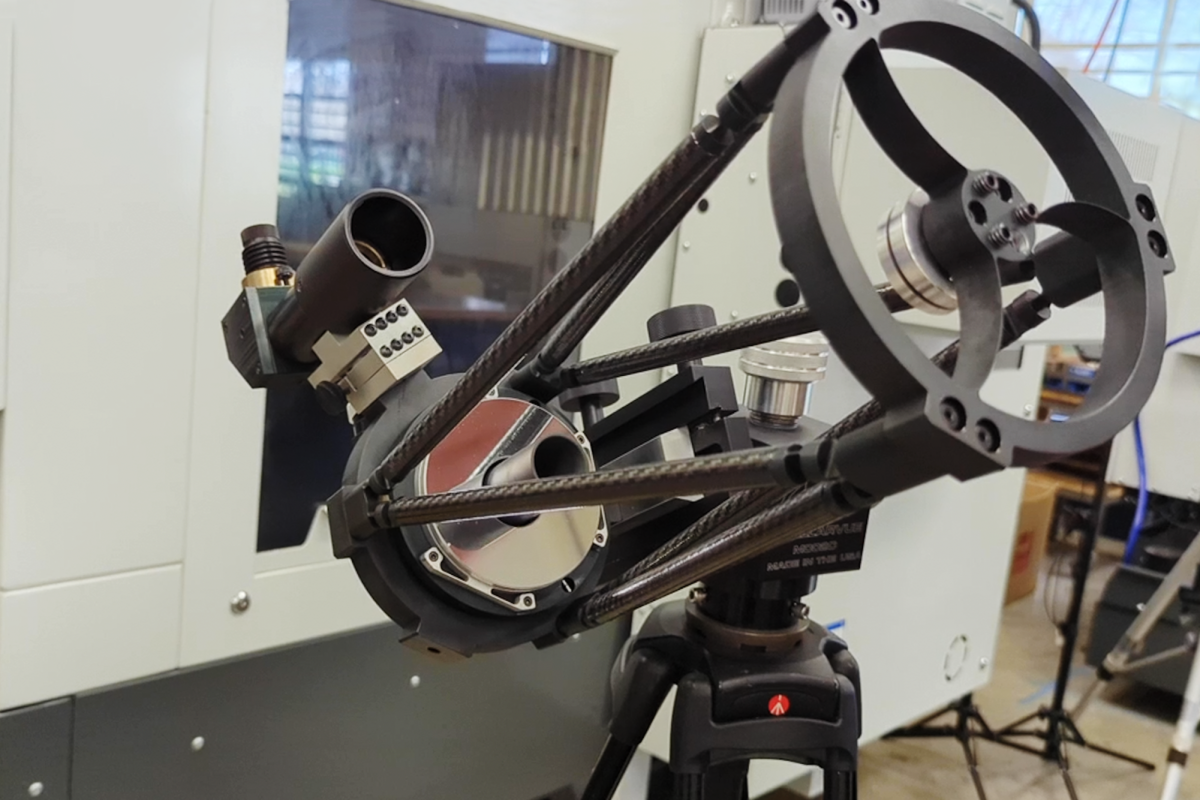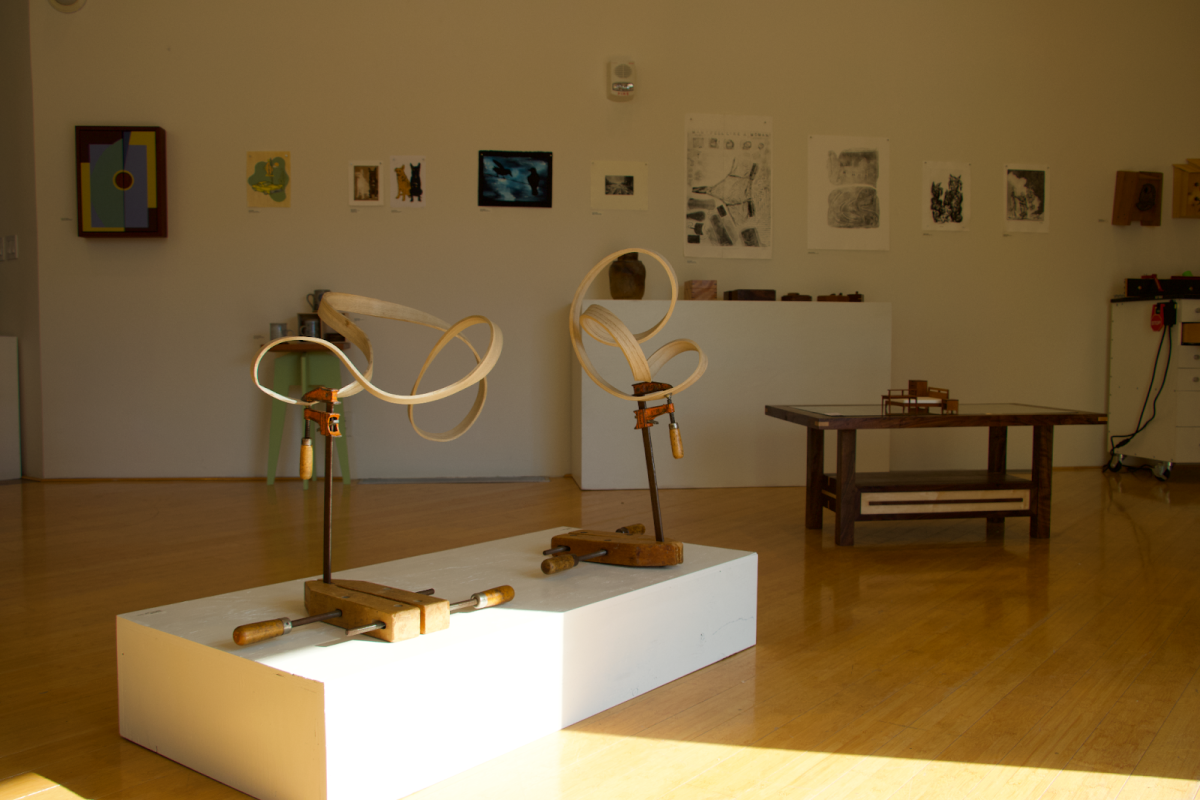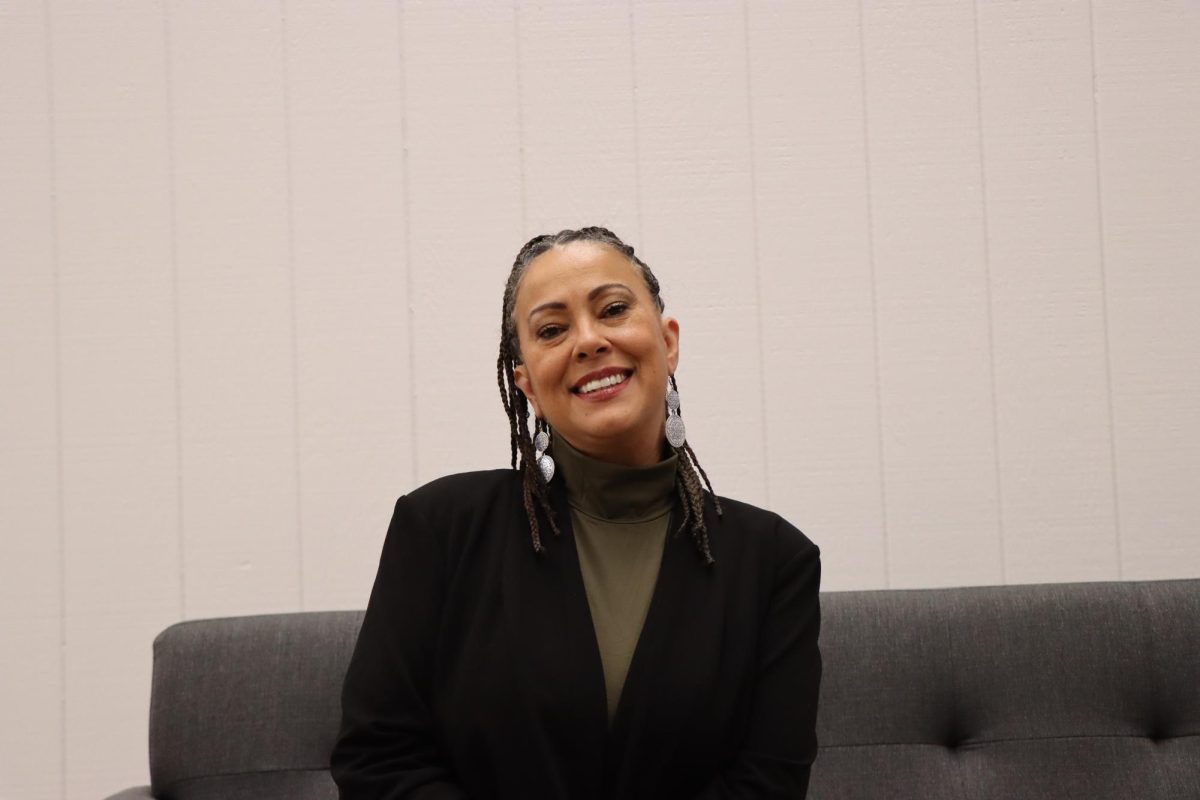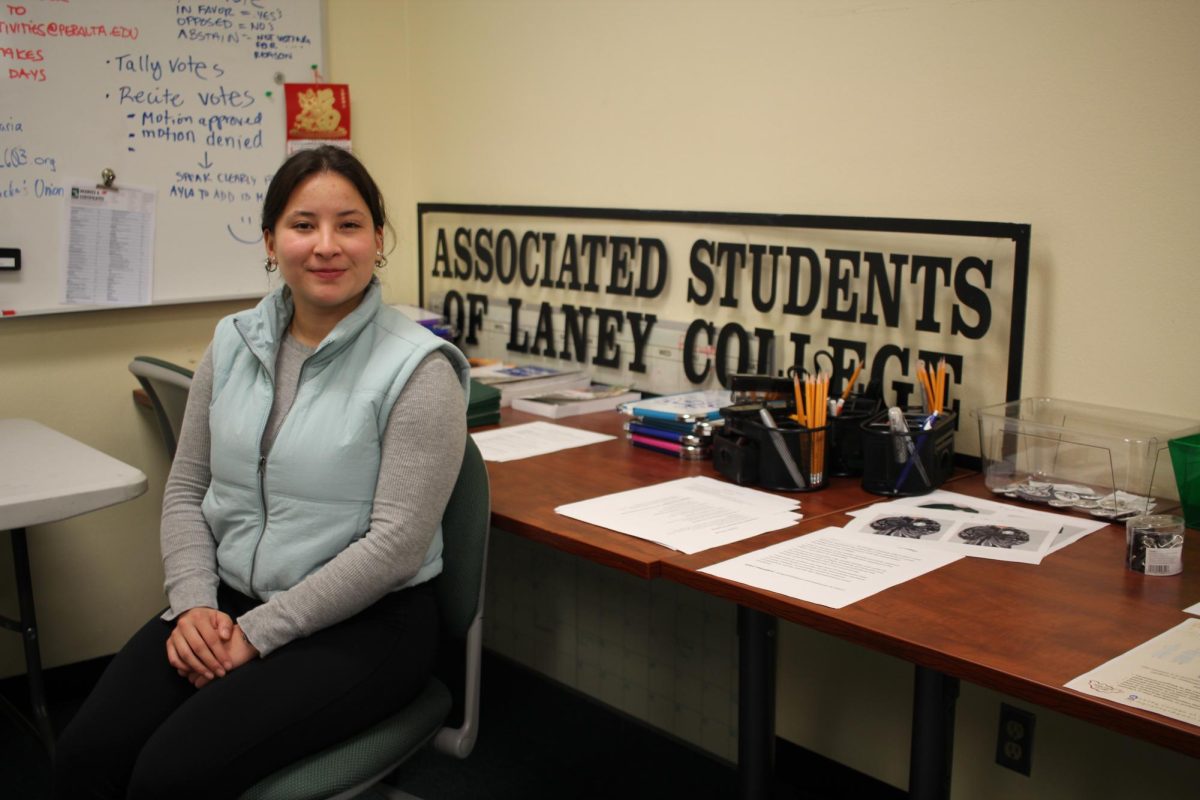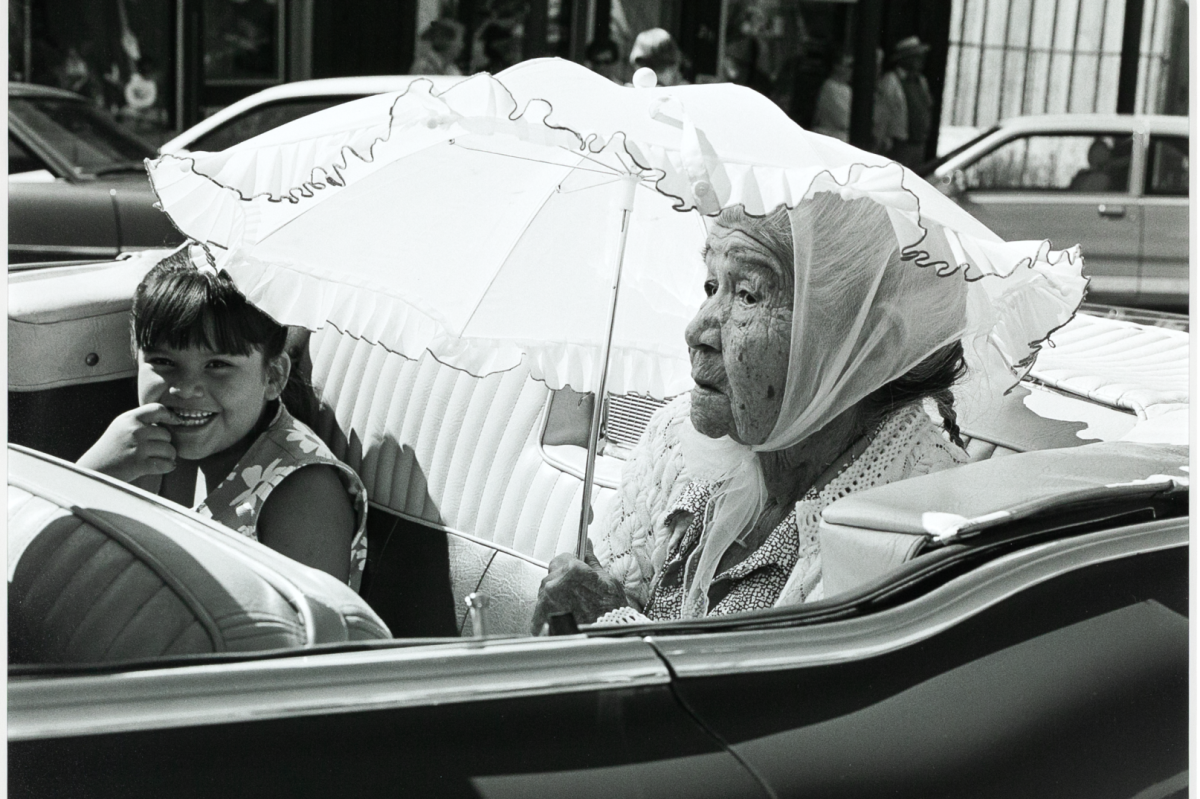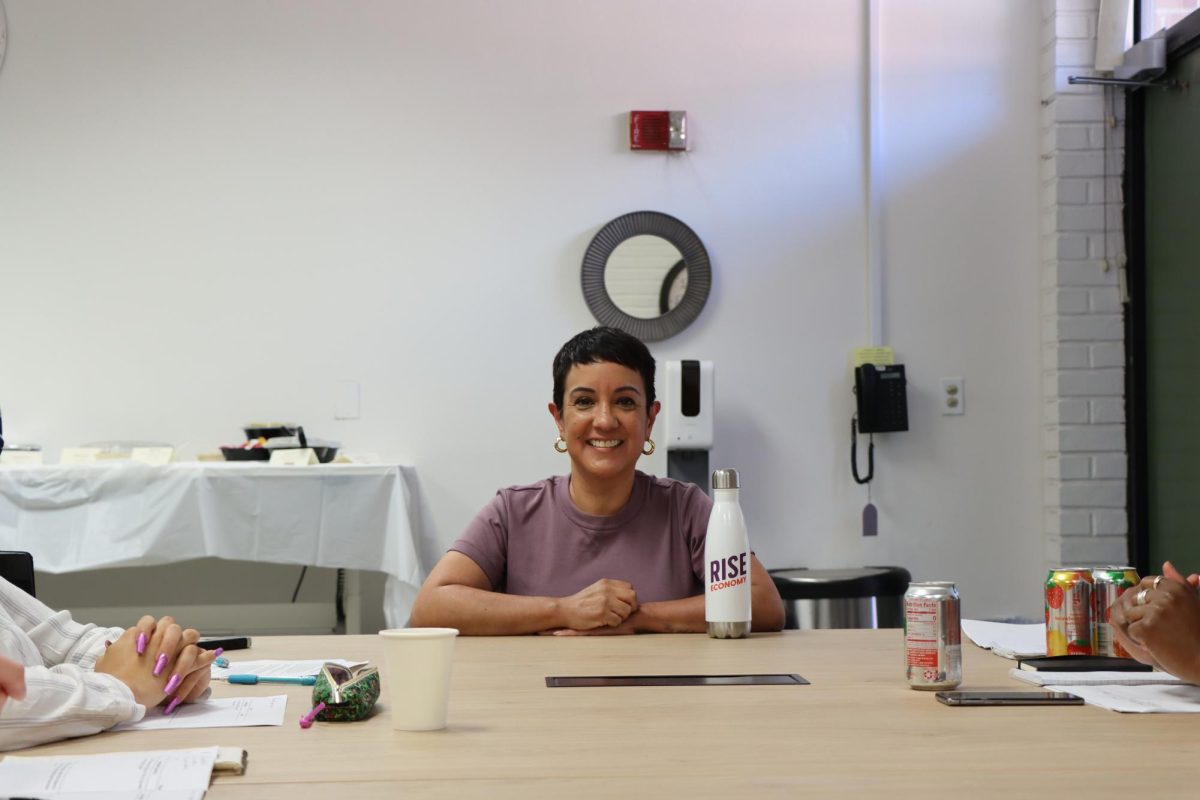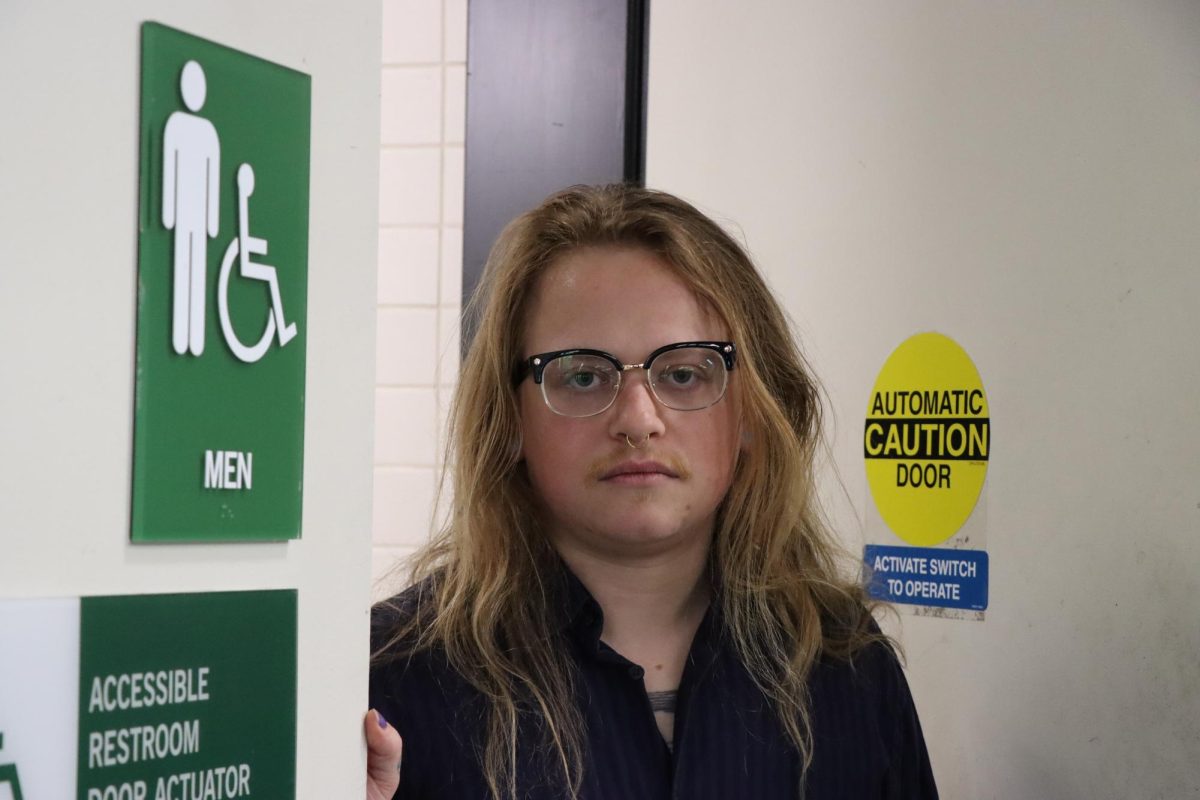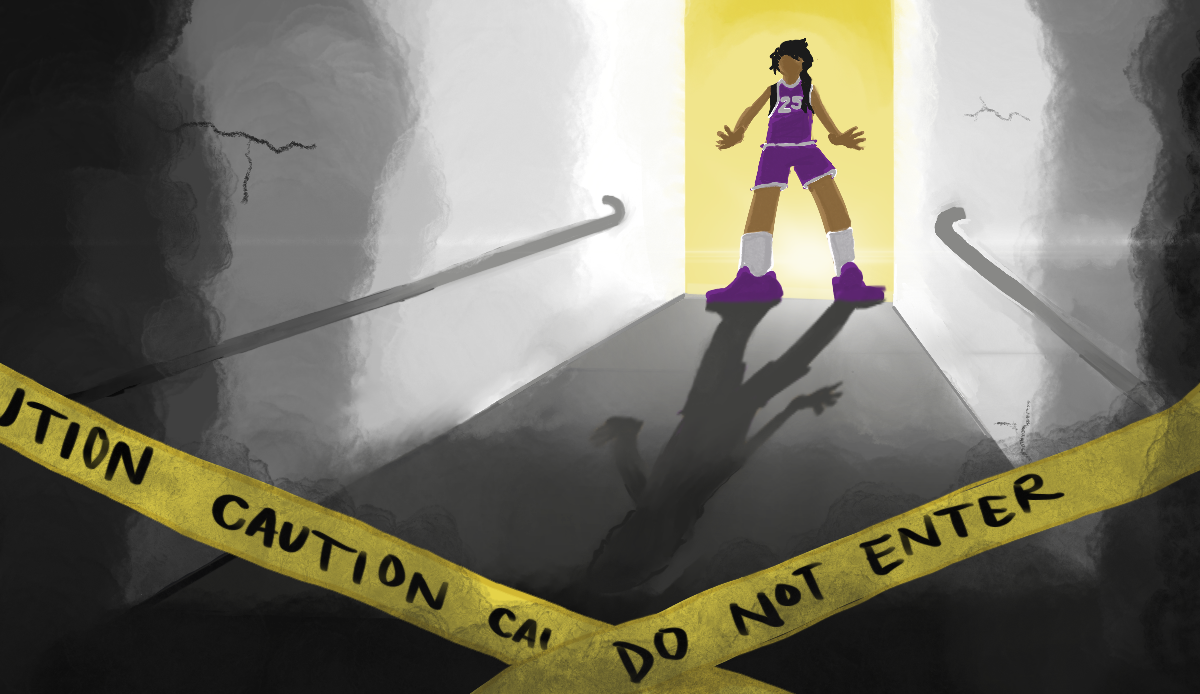‘Women in Blue’ tells stories of sixteen female trailblazers in field of law enforcement
 ‘Women in Blue’ by Cheryl Mullenbach is a very timely book. Issues surrounding law enforcement have received increased media attention in recent years, and as the country may be electing its first woman to the highest profession in law enforcement — president and commander-in-chief — ‘Women in Blue’ is an important read.
‘Women in Blue’ by Cheryl Mullenbach is a very timely book. Issues surrounding law enforcement have received increased media attention in recent years, and as the country may be electing its first woman to the highest profession in law enforcement — president and commander-in-chief — ‘Women in Blue’ is an important read.
‘JAIL MATRONS’
In the beginning, there was Frances Willard. Willard was the president of the WCTV, the Women’s Temperance Union, a group that worked for the elimination of the consumption of alcohol. It was through the work of this group of people that many cities hired their first ‘jail matrons.’
The real beginnings of female policing started with these matrons. In 1888, the WCTV was able to convince the city of Denver, Colorado to hire its first jail matron: Sadie Likens.
The story of Aletha Gilbert of the Los Angeles Police Department is a good example of the duties a policewoman performed in the late 1800’s and early 1900’s. Many of these early police matrons did not have the power of arrest and usually had to observe a crime then call a male officer for assistance.
This position expanded throughout the country and the term policewoman soon evolved. According to Mullenbach, by the early 1900’s, pressure towards city leaders to be fair to women in law enforcement led to their title as policewomen.
Their duties were segregated, and there was constant struggle to gain recognition and advancement up the ranks. This was all despite jails not being segregated by gender as they are today.
Ultimately, in the 1970’s, the title police officer came to apply to all officers regardless of gender.
‘ONE DAY I’D SUCCEED’
Christina Pino, the subject of another profile in Women in Blue, sticks out as a very interesting subject.
Pino was originally from Naples, Italy and grew up and played around such artifacts as the ruins of Pompeii and 1700’s architecture.
Pino knew early in her life that she wanted to study forensics. In Italy, however, that science required more than a sociology and criminology degree. It required hard science like biology.
Then, in 2008, she entered the Forensic Science Academy located in Industry, California. She also began two internships with the Los Angeles County Coroner and the Beverly Hills Forensic Unit.
She started her career only five months after arriving in Los Angeles from Italy. “I was nervous, disoriented, and very clumsy,” she said.
Yet today, in Torrence, Calif., Pino works in a $1.5 million laboratory — built with money seized from drug dealers — to help analyze evidence. She described her husband, Armando Poeta, as “always telling me that one day I would succeed.”
Pino sums up her work as a forensic specialist this way: “You see, but you do not observe,” a quote from a story by Arthur Conan Doyle entitled, “A Scandal in Bohemia”.
A MUST-READ
The best element of this book is the fact that the author obviously interviewed each person profiled — and for the profiled women that she didn’t interview, Mullenbach’s background research makes it appear to the reader that she did her homework.
The writing style of Cheryl Mullenbach is easy to follow and could have easily become too analytical, yet she gives the reader a simple, friendly style that reads nicely though the subject matter even though the stories could be considered a little bit harsh to the average reader. Even though the subjects are, a male reader can relate to the stories.
The back cover of this book also states that the reader does not have to be interested in a career in law enforcement to appreciate Mullenbach’s writing. I would agree wholeheartedly.

